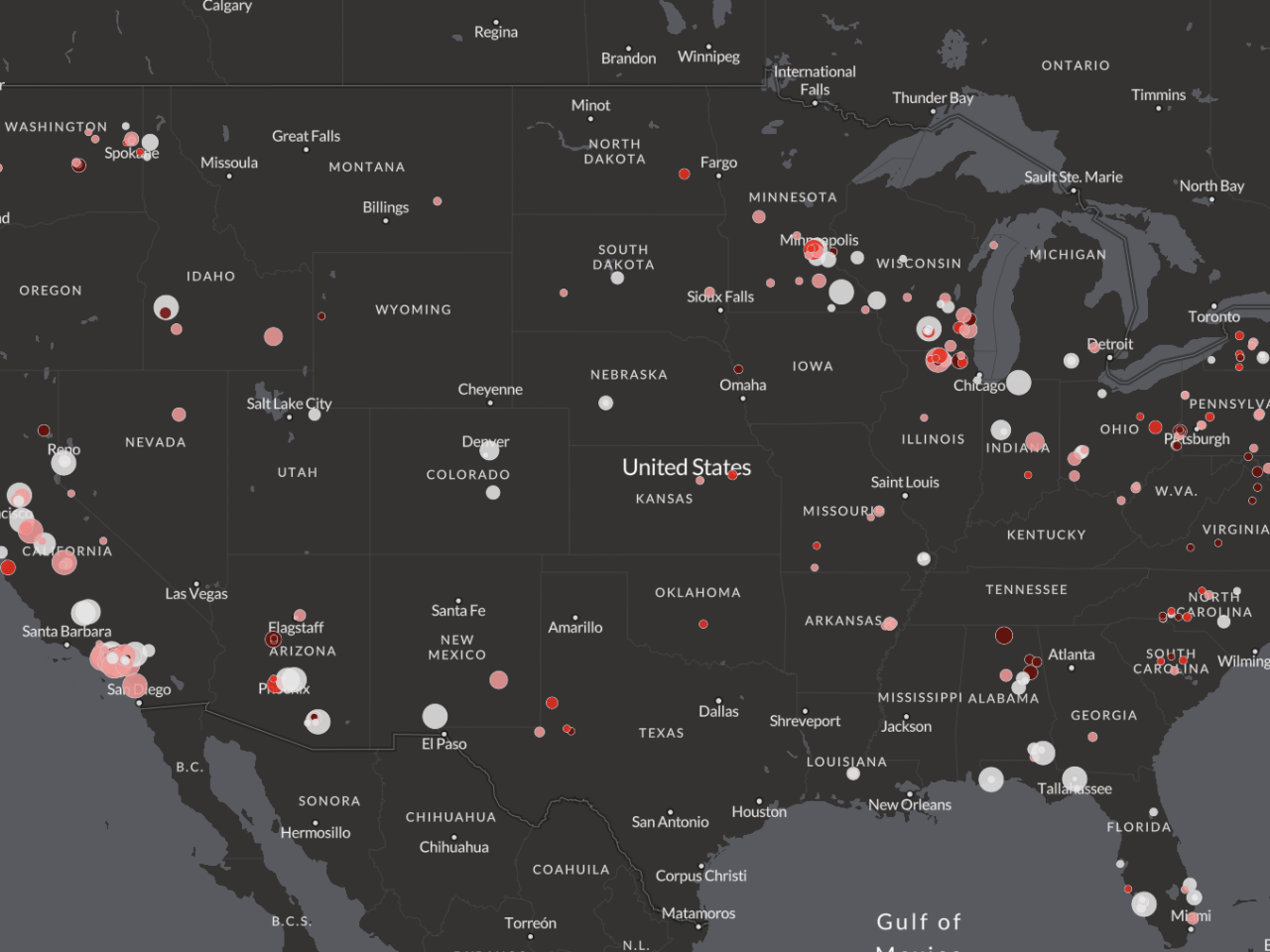
The Biden Environmental Protection Agency proposed a long-overdue ban on most uses of trichloroethylene in October. But what is this chemical and why is it concerning?
Trichloroethylene, or TCE, is a volatile, colorless and cancer-causing chemical with a long, infamous history. It was featured in the 1995 blockbuster book and film “A Civil Action,” starring John Travolta, the true story of a legal fight over companies contaminating an aquifer with TCE, harming the health of people living nearby.
Among other industrial uses, TCE is mostly a degreasing solvent and dry cleaning agent. But it can also be found in many household products, such as spot removers, spray adhesives and aerosol cleaning products. Paint, paint remover and carpet cleaner can all contain TCE.
Occupational use is the primary source of exposure to TCE for most people. Workers in industries where TCE is used or produced, such as metal cleaning and electronics manufacturing, may be exposed to the chemical.
TCE can also contaminate soil, groundwater and air near hazardous waste sites, industrial facilities and other areas where TCE was once used.
Among others most at risk from the dangers of TCE, especially decreased immune function, are pregnant people, infants and young children.
People are also exposed to TCE by breathing in its vapors or skin contact with it or with contaminated soil or water.
TCE in drinking water
EWG has just updated its interactive map of TCE contamination with new data, which shows the chemical can be found in the drinking water of 19 million people, many of whom may be unaware they are ingesting a cancer-causing solvent.
To create our map, we used data from state drinking water agencies’ water system tests between 2017 and 2019.
People also can find out if their tap water is contaminated with TCE by searching for their zip code in EWG’s Tap Water Database. In areas of suspected TCE contamination, owners of private wells, which are not included in the database, should test their water.
People who find their water is contaminated can use an inexpensive carbon-based filter to remove it.
So is there a safe level of TCE in drinking water?
In 1989, the EPA set a maximum contaminant level, or limit, for TCE in drinking water of 5 parts per billion, or ppb. Legal does not always mean safe, because recent research suggests that TCE can threaten human health at lower levels.
The Minnesota Department of Health has identified a much lower health protective level of TCE in drinking water, 0.4 parts ppb. This standard is based on TCE’s effect on the immune system. It protects people of all ages and developmental stages.
EWG adopted this level as its guideline health standard for TCE.
TCE-contaminated Superfund sites
More than 400 EPA-designated Superfund hazardous waste sites in the U.S. are contaminated with TCE. This contamination poses a risk to our drinking water supplies.
Many sites are located on or near military bases, like Camp Lejeune, a Marine Corps base in North Carolina. Veterans and their families who lived there have reported serious health problems, including various cancers and neurological ailments.
Many other hazardous waste sites may also be contaminated with TCE. But these sites are often unidentified, such as landfills, former dry cleaners and smaller businesses where TCE may have been used and discharged.
TCE contamination of soil and groundwater can persist for decades, creating an ongoing threat to public health and the environment.
TCE in indoor air
TCE is a type of volatile organic compound – a chemical that easily evaporates at room temperature. So when polluted groundwater or soil release TCE, the chemical can contaminate the air in homes, schools and workplaces. People may inhale the vapors without knowing it.
The greatest concern with TCE vapors centers on communities near hazardous waste sites where it has contaminated groundwater.
For example, the air in many homes in Mountain View, Calif., in the heart of Silicon Valley, has toxic levels of TCE from a legacy of semiconductor manufacturing that used the chemical.
In Minnesota, health officials recommend ventilating indoor air while bathing or showering, cooking and while running the dishwasher or washing machine as an effective way to reduce the amounts of TCE in indoor air.
TCE has also been reported as a problem for indoor air in schools and preschool facilities. The New York Department of Environmental Conservation has recommended ways to reduce TCE indoor air contamination and guidance for addressing migration of TCE chemicals into buildings. But these approaches can be costly, and homeowners often can’t afford them.
Because there are many sites in the U.S. contaminated by TCE that haven’t been designated Superfund sites, some people could be living in areas at risk from the chemical’s vapors without knowing it.
Health risks from TCE
In January, the EPA classified TCE as “carcinogenic to humans.” Both the International Agency for Research on Cancer and the Department of Health and Human Services have classified it as causing cancer in humans.
The cancers most commonly linked to TCE are kidney and liver cancer and non-Hodgkin lymphoma. Exposure to TCE also has been associated with a range of other health problems, including various immune and neurological defects and heart malformations in the developing fetus.
Identifying TCE in household products
Reducing your exposure to TCE lowers its potential health impact. You can avoid exposure by checking ingredient labels on cleaners and other products. It is sometimes called trichloroethene, ethylene trichloride or ethinyl trichloride, according to the California Department of Public Health.
TCE is sold under the brand names Tri-Clene, Trielene, Westrosol, Trichloran, Triline, Algylen, Gemalgene, among others. If you’re not sure, consult the EPA fact sheet on TCE, which contains its universal chemical identification.




